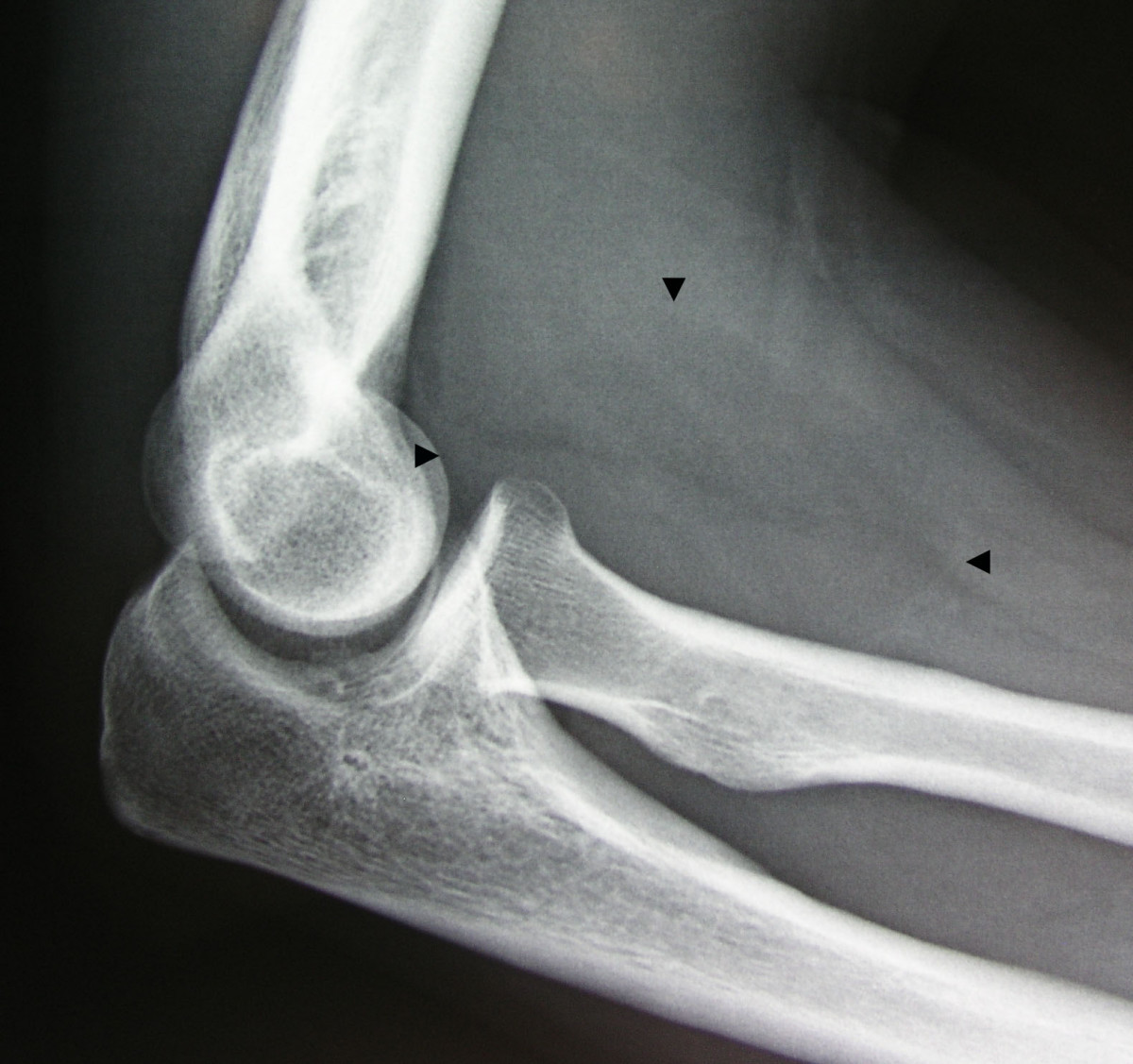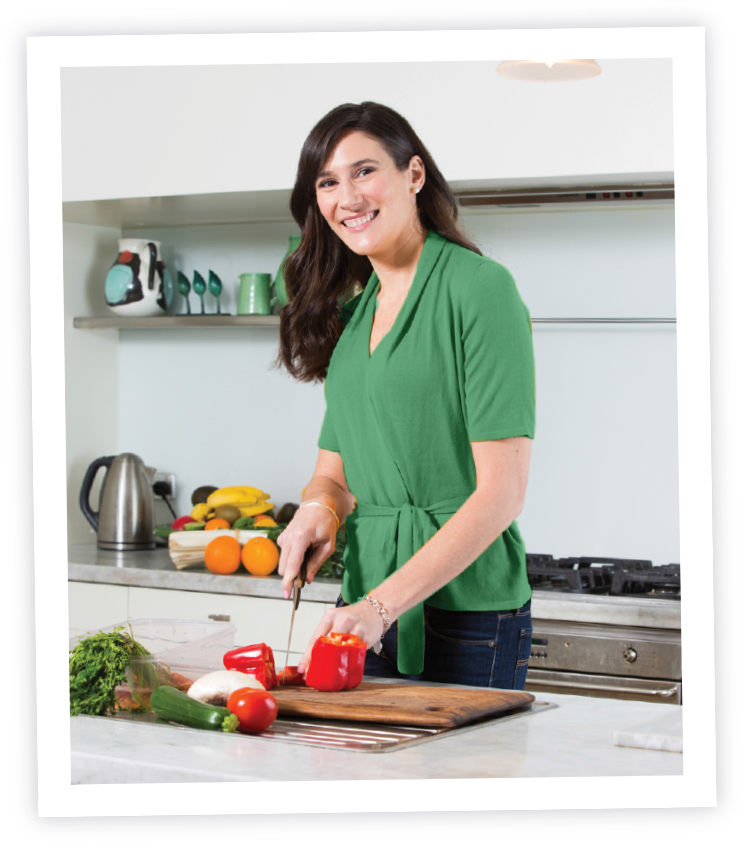
Take a look at my top 3 tips on how you can reduce your risk of osteoporosis as featured in ‘Starts at Sixty.’
Do you know someone who had a small fall and broke a bone? That’s not surprising as osteoporosis currently affects over 1 million Australians. Osteoporosis occurs when bones lose their density and strength and consequently are more likely to fracture. It is more common in women post menopause as reduced oestrogen levels can cause up to 2% bone density loss each year. If you went through menopause over ten years ago, there’s a good chance that your bones are 20% less dense then they used to be. Men also lose bone as they age however as hormonal levels in men decline more gradually, bone mass deficits generally only present later in life.
The reduction in density and strength can be attributed to losses of calcium from the bones. It is a silent disease as most people show no signs of osteoporosis until a fracture occurs. Common fracture points are in the spine leading to height loss and posture changes, and in the hips and wrists. With each osteoporotic event increased pain and decreased mobility can occur significantly impacting your confidence and quality of life.
Risk factors that can increase your fracture risk include:
•Family history of osteoporosis
•Low calcium diet
•Low vitamin D levels
•Sedentary lifestyle
•Long-term use of medications such as corticosteroids
•Cigarette smoking
•High alcohol and caffeine intake
•Medical conditions such as rheumatoid arthritis or diseases of the liver, kidney or thyroid
We all agree that prevention is better than a cure! Ensuring that you maintain a healthy diet and lifestyle can help prevent the onset of osteoporosis while also best managing the condition to reduce your risk of future falls and fractures. Let’s look more closely at some strategies that you can do to protect yourself.
Strong bones = less fractures
Calcium is a key compound that makes up the structural component of our bones and teeth. Calcium is also an important nutrient used for many other functions such as the functioning of nerves and muscle. If your body doesn’t get enough calcium from your diet for these daily functions, it takes the calcium that it requires out of your bone, depleting your stores and making your bones increasingly weaker over time.
The Australian Nutrition Survey found that 90% of adult women don’t meet their calcium requirements. This is an alarming figure and one of the main reasons why women are prone to osteoporotic fractures.
Dairy foods such as milk, cheese and yoghurt are the best sources of calcium. Other calcium rich foods include canned fish with edible bones such as salmon and sardines, nuts and seeds, dark green leafy vegetables and calcium fortified products. It is recommended that women have 4 serves of dairy and men have 3 serves each day (4 if you’ve been diagnosed with osteoporosis). If you are not able to meet your calcium requirements through diet alone, talk to your dietitian about calcium supplementation.
Get some sunshine on your dial
Vitamin D is important for bone health because it helps absorb calcium. It also plays a role in supporting growth, maintenance of the skeleton and regulating calcium levels in the blood. The main source of vitamin D is from sunlight exposure. Fifteen minutes of sun exposure to arms, legs or face (without sunscreen) per day is adequate for most people. Always remember to be sun smart and avoid prolonged unprotected exposure when UV exposure is greatest.
Vitamin D can also be provided by foods such as fortified milk, oily fish and eggs although these amounts are small and inadequate to maintain levels. If you’re unable to maintain your Vitamin D levels, your dietitian can advise you on a suitable Vitamin D supplement.
It’s your move
We all know that exercise is good for you but did you know that your bones become stronger when a certain amount of impact is placed on them? Think of it like creating a diamond; it takes time (from being consistent) and pressure (from exercise) to compact materials to create priceless and virtually indestructible diamonds (to build strong bones).To optimise your bone health and prevent fractures from falls, a minimum of 30 minutes of weight bearing or resistance training activities is recommended at least 3 times per week.
Weight bearing exercises are done while on your feet so you bear your own weight. Brisk walking, jogging, netball, tennis, dancing and impact aerobics are all good activities. The greater the impact on the bone will result in a greater capacity to maintain and build muscle, so aerobics will put more pressure on bone than walking. Resistance training uses specific weights or equipment that progressively becomes more challenging over time.
Another benefit of exercise is that it will support strong muscles that can assist your posture and increase your reflexes; things you need to help prevent a fall in the first place!
Look for ways to improve your diet and lifestyle so you can share the joys of life with those special people around you!
http://www.startsatsixty.com.au/health/osteoporosis-are-you-at-risk
As seen in







Get nutritious recipes
straight into your inbox!
Send your details now to receive Melanie’s recipes designed around a range of dietary needs including improved fertility, weight loss, general heath and wellbeing through improved nutrition. Receive the recipes specific to your needs.
